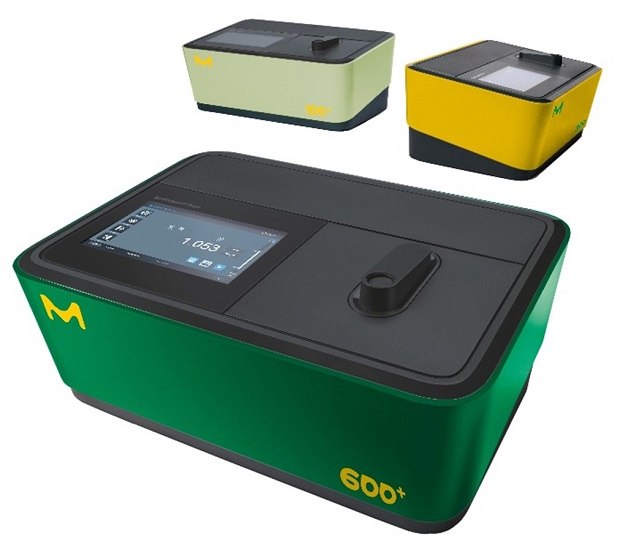Photometric Determination of Ammonium in Organic Fertilizer Using the Indophenol Blue Method Following an Acid Extraction
Abstract
This protocol describes the use of indophenol blue to measure ammonium in organic fertilizers using a photometric method after an acid extraction. The approach allows precise measurement of ammonium, a critical component in nitrogenous fertilizers, which is crucial for assessing fertilizer quality and reducing their environmental impact. The process utilizes Spectroquant® test kits and spectrophotometers to ensure accurate analysis.
Section Overview:

Spectroquant® spectrophotometers - Prove 100 plus, Prove 300 plus, & Prove 600 plus
Introduction
Agriculture has been mankind’s earliest occupation and the birth and proliferation of human civilizations were possible only because of the consistent evolution of agricultural methods. Improving crop yield has always been the constant stride to feed increasing populations, and in the modern age, while mineral fertilizers were considerably depended on for this quest, a renewed focus on organic food products from organic farming is under way. Organic fertilizers devoid of chemicals are now increasingly preferred. Organic fertilizers consist of matured compost and manure and are a good source of plant nutrients. Ammonium (NH4+) is one of the most important sources of nitrogen for plant nutrition present in organic fertilizers, and it is formed with the mineralization of decomposed organic matter1.
It is important to analyze organic fertilizers for their accurate concentration of ammonium. For early phases of decomposition accounts for the loss of nitrogen as ammonia, and there is a natural loss of ammonium as the compost matures2. Excess ammonium has also been reported to be toxic in higher plants3.
This application note details a photometric ammonium test method for organic fertilizers, using the indophenol blue method after acid extraction.
Reagents, Instruments and Materials
Ammonium Test Kits/Reagents
For the measurement, one of the following Spectroquant® test kits is necessary:
- Spectroquant® Ammonium Cell Test (1.14544)*
- Spectroquant® Ammonium Cell Test (1.14559)
- Spectroquant® Ammonium Test (1.14752)
- Spectroquant® Ammonium Test (1.00683)
*not compatible with Move 100
Instrument(s) & Devices
For the measurement, one of the following Spectroquant® photometers is necessary:
- Spectroquant® VIS Spectrophotometer Prove 100 Plus (1.73026)
- Spectroquant® UV/VIS Spectrophotometer Prove 300 Plus (1.73027)
- Spectroquant® UV/VIS Spectrophotometer Prove 600 Plus (1.73028)
- Spectroquant® Colorimeter Move 100 (1.73632)
Also, legacy systems
- Spectroquant® Spectrophotometer Prove 100/300/600
- Spectroquant® Photometer NOVA 30/60/60A
Software for Data transfer
- Optional Spectroquant® Prove Connect to LIMS software package (Y.11086) to transfer your data into an existing LIMS system.
Instrument Accessories
- Rectangular cells 10 mm (1.14946) and/or
- Rectangular cells 20 mm (1.14947) and/or
- Rectangular cells 50 mm (1.14944)
Other Reagents and Accessories
Experimental Procedure
Sample Preparation
- In a mill, grind down about 50 g of the sample to a fine powder and homogenize.
- Mix 100 mg of the powdered sample with 25 mL of of water for analysis and 2.5 mL of 1 mol/L hydrochloric acid and heat to 100 °C.
- After cooling, filter through a folded filter washing the filter several times with water, into a 1000 mL volumetric flask (filtrate and washings) and fill up to volume with water for analysis
Analysis
Determine with one of the above-mentioned test kits.
Calculation
Ammonium content in mg/kg NH4+ = analysis value in mg/L NH4+
See more applications for photometry at Protocols and Application Notes
References
To continue reading please sign in or create an account.
Don't Have An Account?